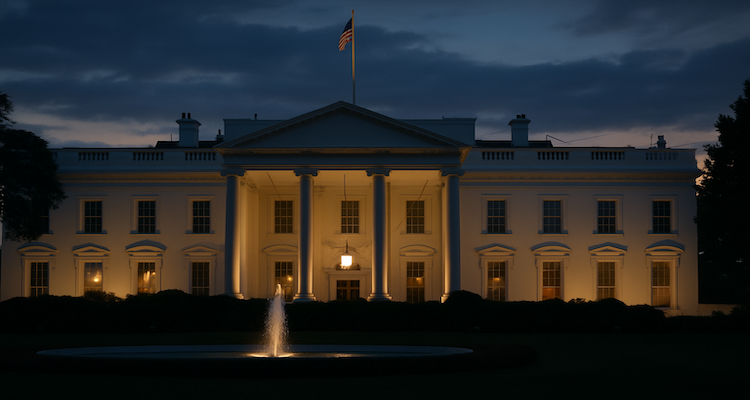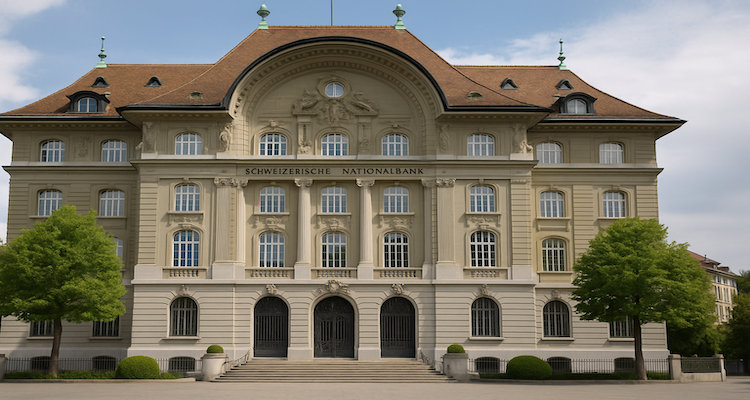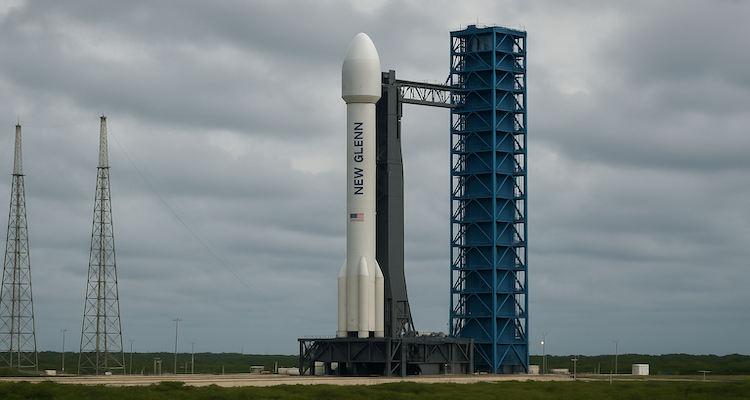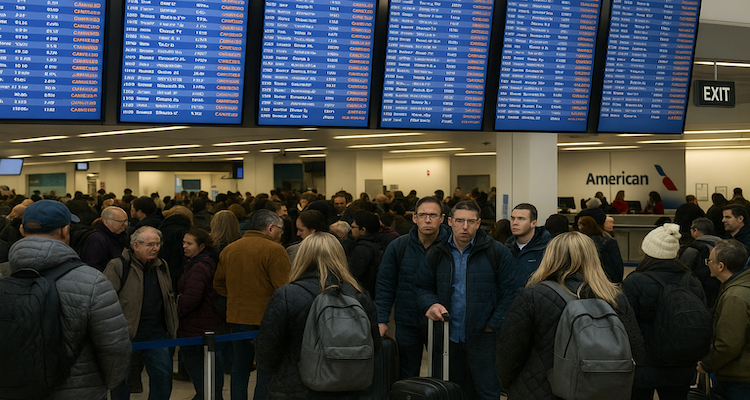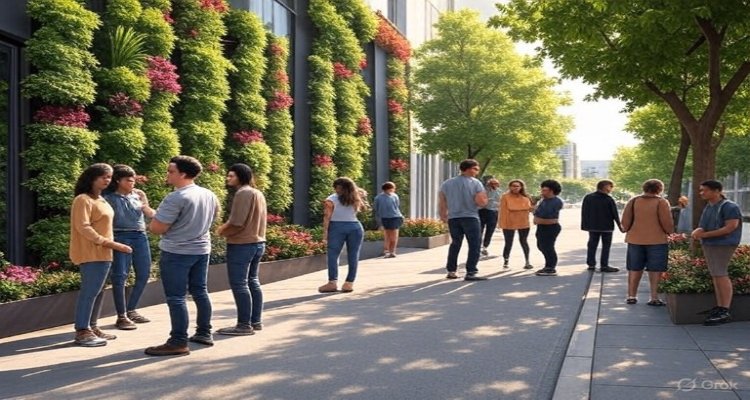Rewilding Daily Life: Bringing Nature Into Urban Routines
Discover how rewilding daily life is transforming urban routines by bringing nature back into cities, improving health, resilience, and community well-being.
Introduction
On a warm morning in the middle of a bustling city, a young professional tends to a vertical herb garden perched on her apartment balcony. A few streets away, a father and daughter pause during their commute to listen to birdsong emerging from a newly restored green corridor. These small but vital gestures reflect a growing shift: rewilding isn’t just a concept for conservation areas anymore. Today, it’s a way for city dwellers to invite nature into the rhythms of urban life.
Context & Background
Urbanization has steadily distanced people from daily contact with the natural world. According to the United Nations, over 55% of the global population now lives in cities, a figure expected to rise to nearly 70% by 2050. This relentless expansion often means concrete replaces ecosystems, and the constant hum of traffic drowns out natural sounds.
The concept of rewilding originally emerged in environmental science, focused on habitat restoration and supporting biodiversity. However, in recent years, this term has broadened into lifestyle practices. From rooftop gardens in New York to beekeeping initiatives in Berlin, cities are embracing creative ways to restore ecological balance and reconnect people to nature.
Main Developments
The idea of rewilding daily life revolves around integrating natural experiences into ordinary routines. Key developments include:
-
Urban Gardening: Balcony planters, community farms, and even indoor mini-gardens bring fresh food and greenery closer to residents.
-
Green Infrastructure: Projects such as rain gardens, vertical forests, and “living walls” are improving air quality while reducing urban heat.
-
Wildlife-Friendly Spaces: Cities like Singapore have pioneered biodiversity corridors where birds, butterflies, and small mammals thrive alongside skyscrapers.
-
Mindful Practices in Nature: From outdoor yoga to forest bathing in city parks, wellness trends are increasingly tied to natural settings.
These movements aim to make nature accessible without requiring long weekend trips to reserves or forests. The emphasis is on weaving the natural environment into moments that already exist within daily schedules.
Expert Insight & Public Reaction
Urban ecologists argue that this shift is not simply aesthetic—it is essential for health and resilience. Dr. Vandana Sharma, an environmental psychologist, explains: “Studies consistently show that exposure to natural elements reduces stress, enhances focus, and builds a deeper sense of community. Cities that prioritize green living are not only healthier but more sustainable in the long run.”
Public enthusiasm mirrors this academic support. City residents who engage in neighborhood rewilding projects often report increased social connection. In London, participants in community garden programs described their activities as “therapy in action,” while in Tokyo, families have embraced school-led rooftop gardens as a way of introducing children to both sustainability and nutrition.
Impact & Implications
Rewilding daily life carries implications far beyond personal wellbeing. On a collective level, greener cities:
-
Improve climate resilience by reducing heat-island effects.
-
Boost biodiversity, making urban ecosystems more self-sustaining.
-
Enhance mental health and productivity, reducing healthcare burdens.
-
Foster a sense of stewardship, reminding citizens that ecological responsibility doesn’t begin outside urban borders—it starts at home.
As policymakers and urban planners incorporate natural spaces into design, businesses are also aligning with this shift. Wellness brands are promoting indoor plant solutions, while architects increasingly integrate “biophilic design” to meet demand for human-friendly environments.
Conclusion
Rewilding daily life is more than a trend—it is an urgent recalibration of how society values nature amid rapidly urbanizing landscapes. Each balcony garden, green walkway, or pollinator-friendly rooftop is part of a larger mosaic, proving that cities and wilderness can coexist. The future of sustainability depends not only on protecting distant rainforests or national parks but on reimagining everyday routines within our concrete jungles.
By rooting our lives in small, meaningful connections with nature, we pave the way for healthier, more livable cities—for ourselves, and for generations yet to come.
Disclaimer : This article is for informational and educational purposes only. It does not provide professional medical, ecological, or urban planning advice. Readers should consult qualified experts before making significant lifestyle or policy decisions.

